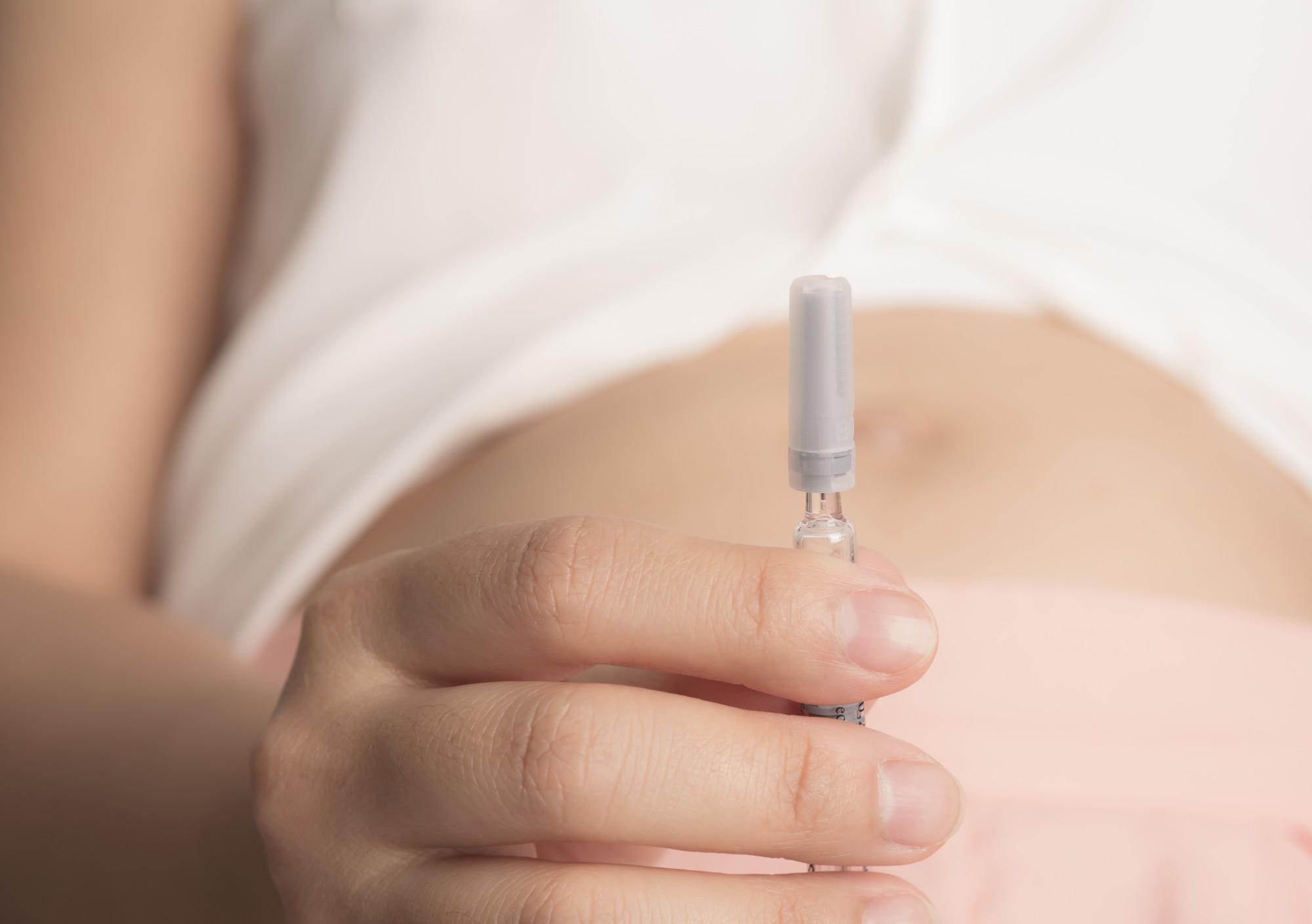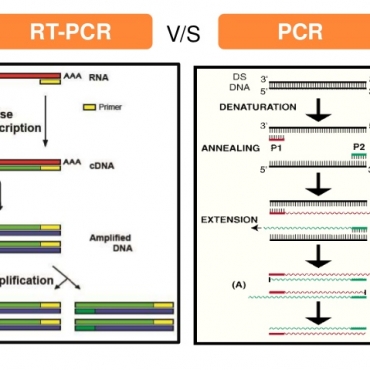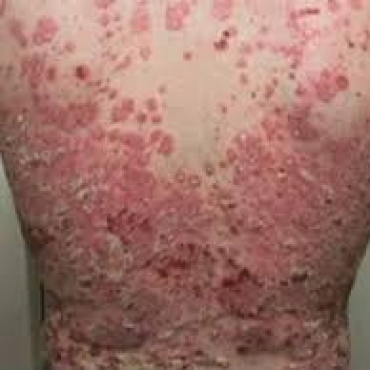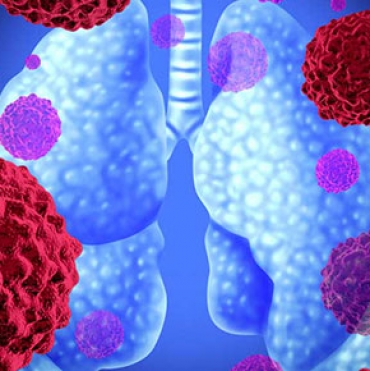Contact Admission
International Collaboration
Feminizing Gender-Affirming Hormone Therapy (fGAHT): A Comprehensive Medical Care Guideline
1. Diagnosis of Gender Incongruence and Goals of Therapy
Gender develops alongside self-awareness and is deeply rooted in identity and a sense of belonging. Gender incongruence is defined as a persistent desire to change one’s gender lasting more than six months.
Gender dysphoria refers to the significant distress that some transgender individuals experience due to gender incongruence and interactions with a society that identifies them by their sex assigned at birth.
Social gender affirmation and/or the use of feminizing gender-affirming hormone therapy (fGAHT) can help alleviate gender incongruence and gender dysphoria. Key treatment goals to monitor include breast development, skin softening, erectile function, and subcutaneous fat redistribution.
2. Pretreatment Assessment and Gender-Affirming Clinical Environment
Pretreatment evaluation for individuals seeking fGAHT should take place in a safe environment where they feel comfortable sharing their gender experiences.
Creating a respectful healthcare setting by using correct names and pronouns is essential.
Including fields for sexual orientation and gender identity in electronic medical records can improve overall care interactions for gender-diverse patients and reduce ambiguity in gender-specific procedures for clinicians.
3. Treatment Options
Estradiol is the standard component in fGAHT and can be administered orally, by injection (intramuscular or subcutaneous), or transdermally (patches).

Choice of Formulation
Formulation selection should be based on patient preference, insurance coverage or out-of-pocket cost, feminization goals, comfort with the route of administration, and risk of side effects.
The estradiol used in fGAHT (17β-estradiol) is different from the estrogen commonly found in combined hormonal contraceptives (ethinyl estradiol); however, the risks associated with combined hormonal contraceptive use are broadly applicable to fGAHT, including a low risk of thromboembolism and mood changes related to hormone use.
The lowest thromboembolic risk is associated with transdermal hormone regimens. Therefore, these formulations are preferred for individuals who smoke, are over the age of 45, and/or have a high thromboembolic risk.
Standard Dosing
Oral estradiol is typically prescribed at 2 mg/day for the first two weeks, then increased to 4 mg/day.
Injectable estradiol valerate is commonly prescribed at 10 mg/week.
Transdermal estradiol is prescribed at 0.1 to 0.2 mg every 24 hours.
Antiandrogens . Adjunctive antiandrogens are often prescribed to enhance gonadal suppression and improve the feminization process.
In the United States, spironolactone (50–100 mg twice daily) is the primary antiandrogen used, but finasteride (1–5 mg/day) and leuprolide (most commonly 11.25–22.5 mg every 3 months) are also options. Antiandrogens often reduce erectile function, which may or may not be desirable.
Spironolactone may also affect mineralocorticoid pathways and electrolyte levels (particularly potassium), though this is rarely a concern in healthy adults. Gender-Affirming Surgical Procedures
Common surgical procedures that help alleviate gender dysphoria for transfeminine and nonbinary individuals include:Facial feminization surgery, Orchiectomy (removal of the testes), Vaginoplasty, Breast augmentation
4 Monitoring Feminization Progress
Follow-up care for fGAHT should focus on the physiological changes associated with estrogen therapy.
Monitoring and affirming the feminization goals established at the initial visit is important, as there are no standardized scales, scores, or checklists to evaluate consistency with feminization, and goals and effects of feminization will vary among individuals.
Questions such as “What changes have you noticed so far?”, “How do you feel about the changes you’re experiencing?”, or “What else would you like to see?” can help guide treatment and should be revisited during follow-up appointments.
Phenotypic changes may be visible within weeks of starting treatment and typically stabilize after approximately two years of hormone use. Fertility may decline with fGAHT use, but it is potentially reversible upon discontinuation.
5 Clinical and Laboratory Monitoring
Clinicians should recommend quarterly follow-up visits during the first year and annual visits thereafter.
At these visits, monitoring of estradiol, total testosterone, luteinizing hormone (LH), complete blood count, and basic metabolic parameters is appropriate.
These appointments should also be used to ensure that other preventive care services, such as family planning, routine health maintenance, and sexually transmitted infection (STI) screening, are addressed.
Hormone levels:
The currently suggested target estradiol level is 100 to 200 pg/mL. However, there is limited evidence supporting such a narrow range, with multiple publications indicating a much wider range of estradiol levels in individuals receiving fGAHT.
The recommended testosterone level is below 50 ng/dL, similar to cisgender women. Higher testosterone levels in individuals on fGAHT may be appropriate depending on treatment goals.
Other routine tests:
Most standard laboratory values are minimally or not affected by fGAHT.
Hemoglobin, hematocrit, and red blood cell counts generally decrease with estradiol treatment, largely due to lowered testosterone levels. Reference ranges for cisgender women’s blood counts can be used for those on stable fGAHT.
Estimating glomerular filtration rate (eGFR) in transgender individuals is complex, as the equations include sex as a variable. For the same creatinine level, using the female variable is associated with approximately 30% lower eGFR.
Long-term cancer screening:
◦ Even after gender-affirming surgery, transfeminine individuals retain their prostate, and general prostate cancer screening recommendations should still be followed, although lower PSA thresholds have been suggested.
◦ Breast development after estrogen therapy warrants following breast cancer screening guidelines for cisgender women after 5 years of fGAHT.
Conclusion:
There is strong evidence supporting the provision of fGAHT, showing significant improvements in quality of life, including mental health. Building comfort and confidence among clinicians across the country is essential to sustaining the health of transgender and nonbinary individuals.
Read the original article on JAMA
Vietnamese translation available here.
Other research
- Mitrofanoff Surgery: A 40-Year Retrospective ( 13:19 - 26/06/2025 )
- Cancer - Targeted treatments and navigation tests ( 10:42 - 08/09/2020 )
- Cancer - Targeted treatments and navigation tests ( 10:36 - 08/09/2020 )
- Microbiological agents cause hospital pneumonia ( 10:32 - 08/09/2020 )
- Cancer - Causes and Prevention ( 10:31 - 08/09/2020 )
- Survey on clinical characteristics and relationship with dengue virus type in dengue patients admitted to Quang Nam Regional General Hospital during the 2018 outbreak ( 15:24 - 06/04/2019 )


















